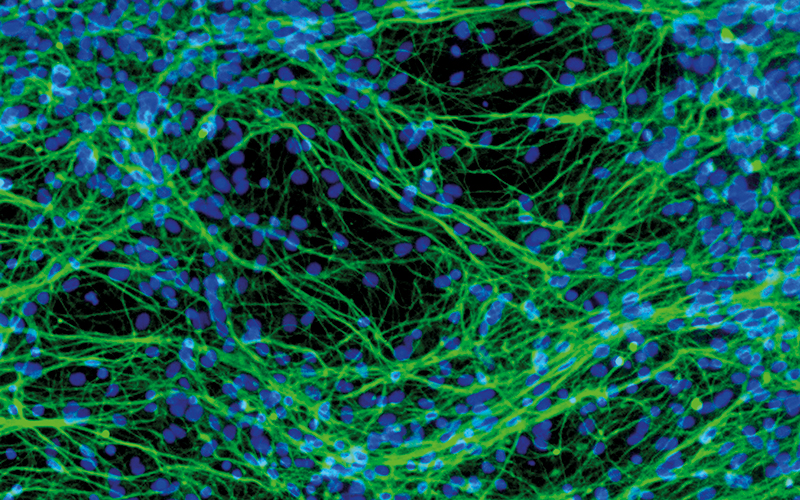This is the eighth in a series of short biographies of persons whose names are directly used for diseases, conditions or syndromes familiar to those in clinical pathology laboratories.

James Parkinson (1755–1824) was an English physician who in 1817 published an excellent clinical essay of six persons with a specific neurological condition, titled “the shaking palsy”, which he called paralysis agitans. The importance of this eloquent and detailed clinical description was well received and included in works by Marshall Hall (1841) and Todd (1855), but little new was added. Global interest was more fully realised when an article was published in 1912 by LG Rowntree in the Johns Hopkins Hospital bulletin. In his introduction, Parkinson succinctly defines the condition: “Involuntary tremulous motion, with lessened muscular power, in parts not in action and even when supported; with a propensity to bend the trunk forwards, and to pass from walking to a running pace: the senses and intellects being uninjured.”
Almost 60 years after the classic Parkinson essay, Jean-Martin Charcot, the distinguished French neurologist, added rigidity to the list of symptoms and coined the syndrome as Parkinson’s disease (PD).
James Parkinson was an English physician, son of John, a London apothecary and surgeon, and mother Mary, who lived in Shoreditch, London. James was the oldest of three siblings. From 1775 he studied at the London Hospital Medical College and was then apprenticed to his father, and in 1784 he was approved as a surgeon by the City of London. He was married in 1783 and soon after took over his father’s practice in Hoxton Square, Shoreditch. James produced a number of other significant clinical reports and in 1805 he published a comprehensive clinical account of gout – a condition from which both he and his father suffered. Then in 1812 with his son John he reported one of the earliest clinical descriptions of appendicitis and showed furthermore that a perforated appendix was a cause of death.
Parkinson was a political activist and an outspoken critic of the William Pitt the Younger Tory government and produced pamphlets supporting general social reform, notably for the underprivileged, and the improvement of conditions in the asylums for the insane. He published medical doctrines to improve the health and welfare of people, directed not only to the medical community but also to the common people.




